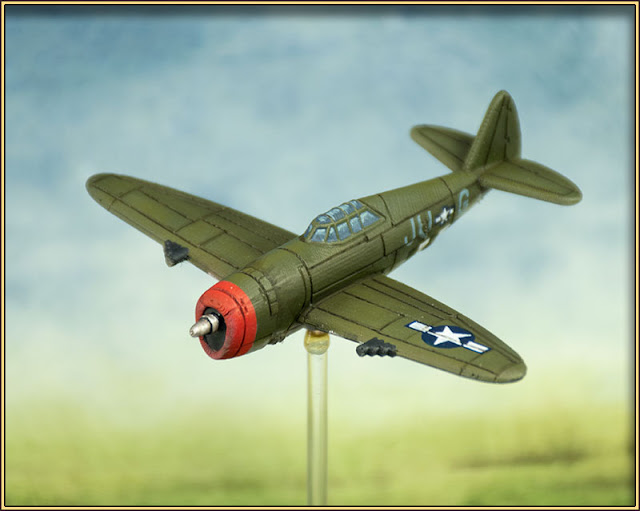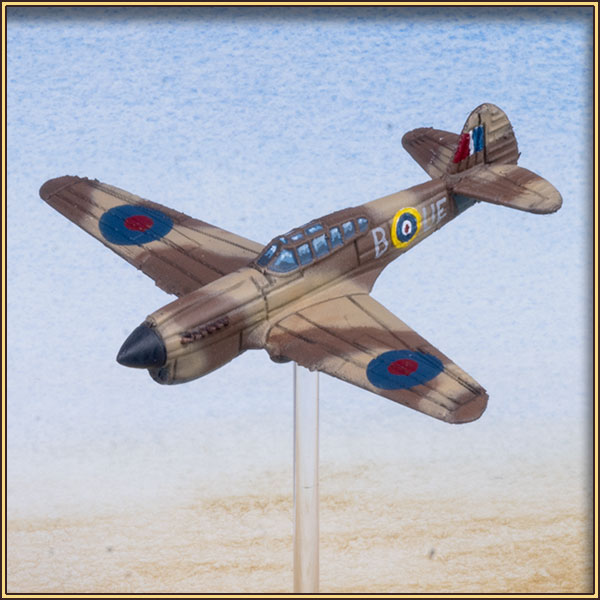Roman Troyan's 1/200 models (PlanePrinter on Patreon) are a treasure trove for people like me who have a desire for models for aerial wargaming, or as air attack models for all-arms games. I like 1/144 as a scale for both these purposes, and his models scale up to 1/144 very well indeed.
This particular model is a P-47 Thunderbolt "Jug", printed on my Ender 3 in PLA+.
There are some issues with FDM printing aircraft though.
They tend to be made up of lots of smooth aerodynamic curves, and to look their best they need to be printed in such a way that minimises the layer lines that are inevitable with any FDM printer.
The best way to achieve this on both the wings and the fuselage is to cant the model at quite a steep angle to the print bed. That's easy enough.
However, though Cura's tree supports do a pretty reasonable job for the most part, there are a couple of things they're not good at:
- They don't necessarily accurately preserve the profiles of things like wing tips
- They're not very strong until they've built up a bit of their own structure, and this means that elements close to the build plate are more likely to fail. While it's possible to tell the slicer to thicken and strengthen the supports, this also makes them a lot harder to remove cleanly.
For those reasons I've taken to modifying the base STLs in Blender, to provide them with some stronger, more reliable supports for the crucial areas. Adding these support structures does extend the printing time a bit, but on the other hand the print as a whole is less likely to fail, and it's more likely to be properly dimensionally accurate.
The built-in supports have to be clipped away and the nubbins filed smooth; they don't detach the way that slicer supports do. However, that's not usually a huge job, and the lower rate of failure is adequate compensation.
I still use Cura's tree supports in addition to my built-in structures, and because the important bits of the model are elevated off the print bed, I can print on a raft which very much reduces the chances of the print detaching itself from the bed during printing.



















